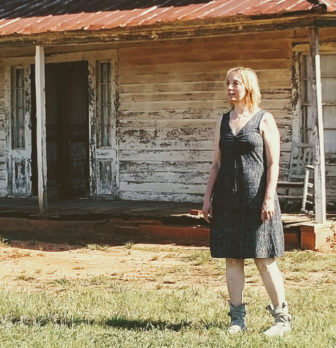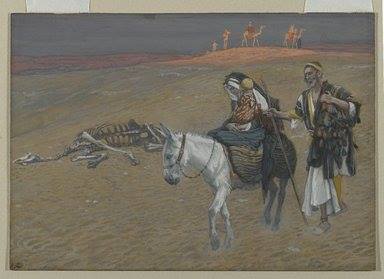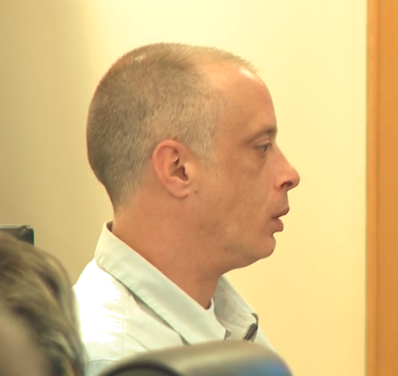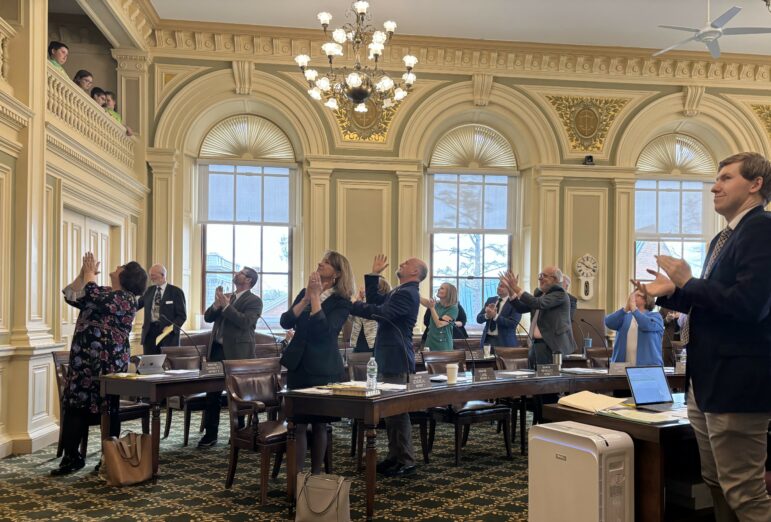By Carolyn Hutton, Dappled Things: How To Live in the In Between
There is often so much suffering at Christmas…and sometimes the suffering is worse because it stands in stark contrast to all that is “happy and bright.”
How many times do families walk into doors of hospitals not wishing to see the cheery Christmas tree in the lobby?
Christmas makes sense only if we can see that the baby in the manger was born in a very dark time. On the one hand, shepherds and angels knelt joyfully at his birth.

Carolyn Hutton is pictured at a home near where she grew up in North Carolina.
On the other hand, his family had to run for their lives into a desolate place while Bethlehem became a killing field. The child in the manger is a light in deep darkness.
That’s what we have to hold onto.
It is the last verse of carols usually that gets around to this like this one by Isaac Watts: “no more let sin and sorrow grow, nor thorns infest the ground. he comes to make his blessings flow far as the curse is found..”
If we can believe some shred of this promise, there is hope.
Caroyln Hutton is an English teacher. When she was in 5th grade, she read “Harriet the Spy” and loved Harriet so much that she started keeping a notebook that got her into as much trouble as it got Harriet in because she always told the truth in her notebooks. But she never stopped writing. A native of North Carolina, Carolyn is also a musician and plays bluegrass and old time music with Drowned Valley and the duo Long Journey. She lives with her husband, Rod, in Madbury where their four grown children sometimes visit.





